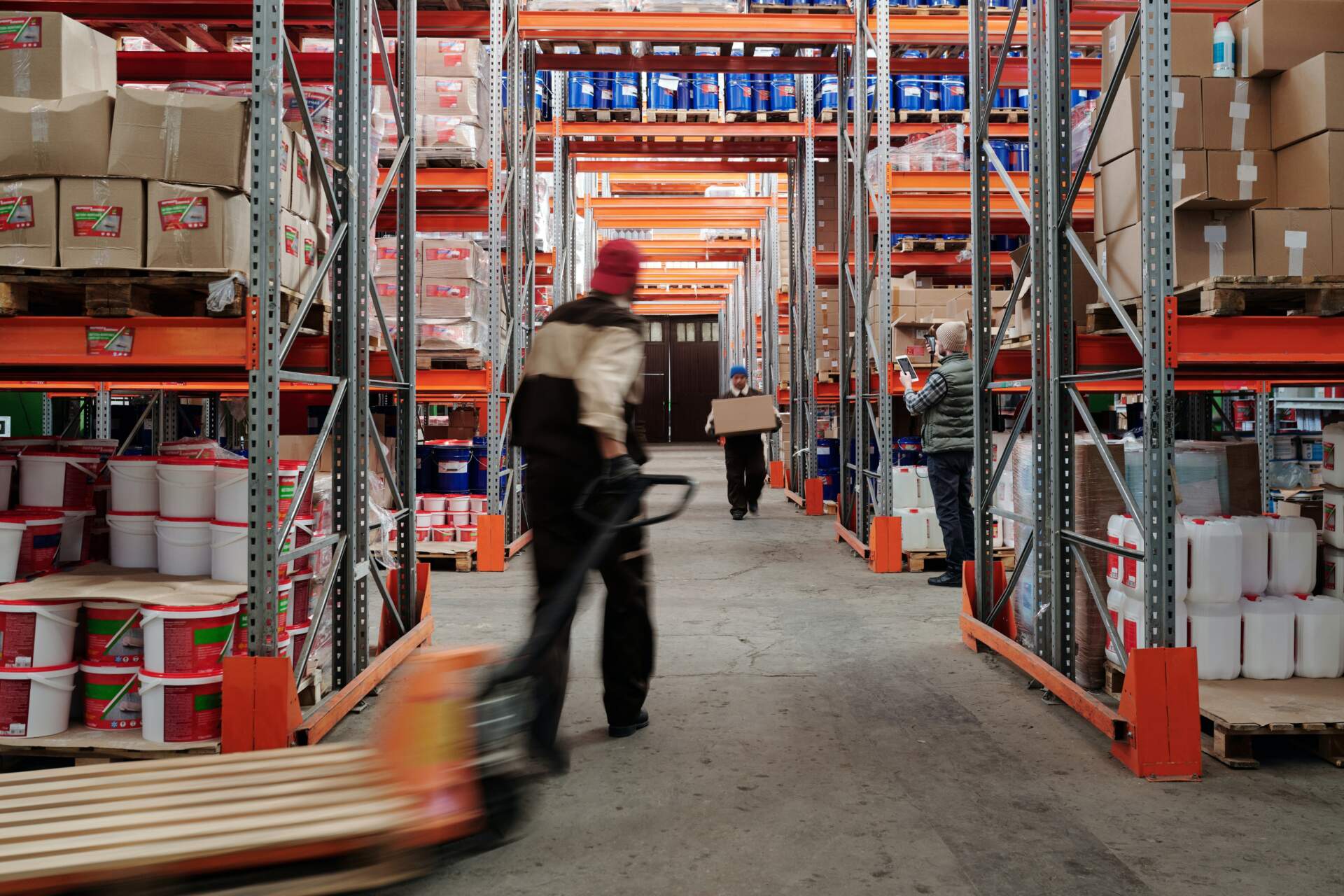
Canada’s merchandise trade surplus with the world narrowed to $1.5B in August, from a total of $2.4B a month earlier. The total represents our lowest surplus of the current calendar year. Exports fell 2.9% in August, as imports dipped 1.7%, per numbers released on October 5 by Statistics Canada.1
Exports Decrease in Energy, Farming
The 2.9% decline in exports (1.3% in real terms) brings our total to $65.4B. August represents the second consecutive monthly decline, following six months of uninterrupted gains.
Energy exports fell by 6% to $18.4B. All subcategories were down, with the exception of electricity exports. Crude exports declined the most, as increased global production and concerns about a possible looming economic downturn led to lowered prices.
Energy represented 28.2% of total exports. The all time high was 30.1%, back in June.
Exports of farm, fishing, and intermediate food products declined by 7.1%, following a 10.2% increase in July. Wheat inventories were at historic lows, hampering exports, but are expected to rebound with a healthier crop this year. Low canola inventories were another contributing factor.
Imports Decline, Led by Motor Vehicles and Parts
Imports decreased by 1.7% in August to $63.9B, the second straight monthly decline.
8 of the 11 product sections saw decreases, with motor vehicles and parts seeing the biggest decline. The 7.1% drop in this category comes as supply chain issues continue to dog the industry.
Imports of industrial chemical, plastic, and rubber products declined by 4.3%, metal and non-metallic mineral products dropped 4.1%, electronic and electrical equipment and parts fell 2.9%, and energy products decreased by 4.3%.
Trade Surplus with U.S. Steady
Canada’s trade surplus with the United States remains essentially unchanged at $10.7B. Exports to our southern neighbor were down 2.5%, party the result of lower crude oil exports. Imports declined by 3.3%, with lower imports of motor vehicles and parts being a factor.
Widening Trade Deficit with Countries Other than US
Meanwhile Canada’s trade deficit with countries other than the US increased from $8.3B to $9.2B in August.
Exports fell by 4.3%, with Canada sending less gold to Hong Kong, less coal and crude oil to South Korea, less crude oil and gold to the UK, and less wheat, canola, and copper to Japan.
Imports rose 1.1%. with more Canadian pharmaceuticals being sent to Belgium and various products seeing increased exports to China.
Preparing the Supply Chain for the Holidays
Warehouse activity is already starting to ramp up for the approaching holiday season. While professionals throughout the supply chain are hoping for a smoother ride this year than in the previous two, there will inevitably be hiccups.
Canadian Alliance President William McKinnon describes the seasonality as seen at the company’s Vancouver warehouse facility.
“Our clients start to build inventory levels in the summer, at which time we’re receiving more than we’re sending out,” he says. “In September, we’re relatively balanced, with equal amounts coming and going, which is good, because we’re close to capacity. For our clients in the food industry October, November, and December are their busiest periods of the year.”2
Port of Vancouver Pushes Truck Ban, Again
The long planned Rolling Truck Age Program, which seeks to retire trucks that are in excess of 12 years old from the Port of Vancouver’s drayage fleet, has been delayed once again with implementation now scheduled to take effect in April 2023. The move came as truckers threatened job action, citing the lack of availability of replacement trucks.
McKinnon is unsympathetic.
“There are companies who have upgraded their fleets,” he says. “They invested the capital to do so and now they must compete against those who continue to operate with lower capital investment. Some say the trucks are in short supply, but we’ve known about these mandates for years. At some point everybody has to move to the new standard.”
International Supply Chain Threats
While a railway strike in the US seems to have been averted, job action at docks in the UK pose a new threat while the war in Ukraine continues to complicate the supply chain.
“There are customers who want you to insulate them from everything, but that’s not realistic,” says McKinnon.
The EU recently made headlines by introducing a bill that would give them emergency powers over the supply chain, allowing the government to mandate the prioritization of production of key products and the stockpiling of certain goods.
McKinnon believes the measures are not without merit, but is skeptical that they can be implemented effectively.
“I just don’t know how you enforce it,” he says. “Are you going to tell a company what to do? If governments are buying certain goods, then they can control it by paying for it. Otherwise, how can you be an advocate for somebody who may or may not need a certain good?”
Cited Sources
1 Government of Canada, Statistics Canada. “Canadian International Merchandise Trade, August 2022.” The Daily – , October 5, 2022. https://www150.statcan.gc.ca/n1/daily-quotidien/221005/dq221005a-eng.htm.
2 Personal communication with William McKinnon.
